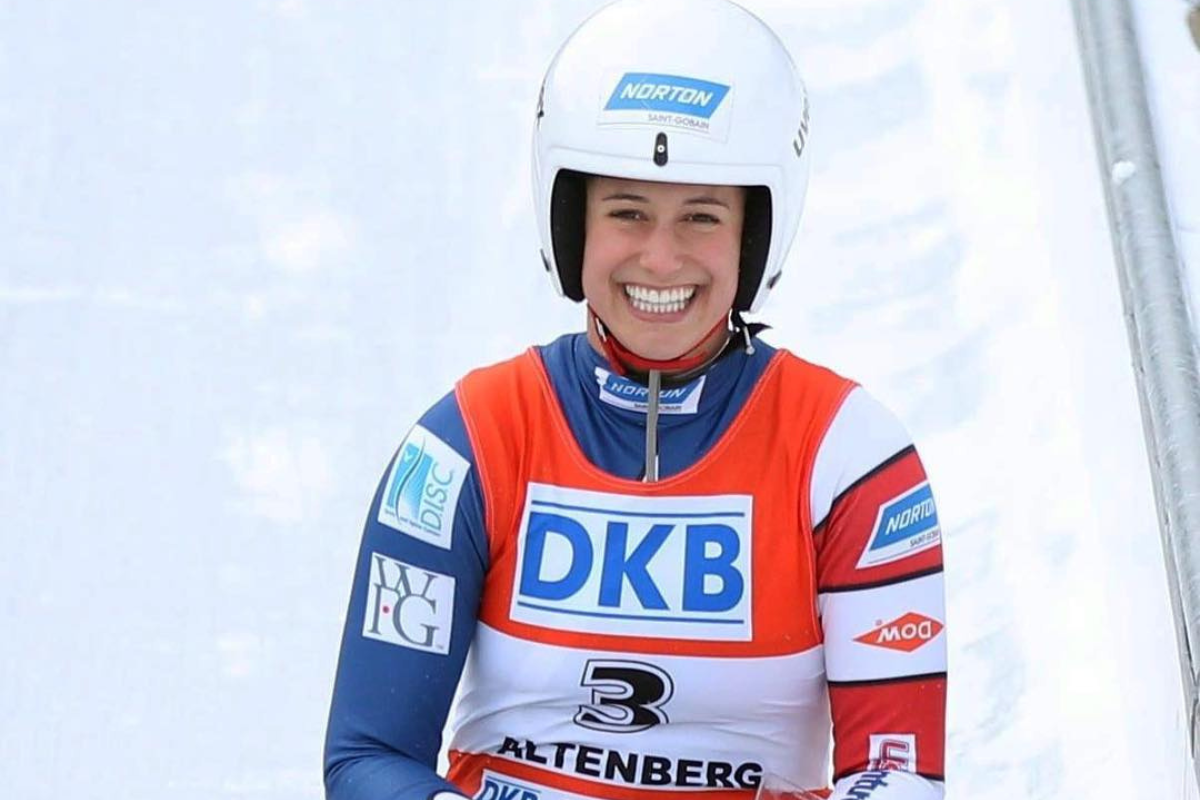
Imago
Credits: IMAGO

Imago
Credits: IMAGO
With just months to go before the 2026 Milano-Cortina Olympics, authorities have finally stepped up to tackle a long-standing issue: money. That’s right, the financial struggle that has haunted countless athletes is finally being addressed. In a bold move, the United States has taken a major leap toward ensuring financial freedom for its Olympians and Paralympians, a game-changing step that could redefine the future for stars like luger Emily Fischnaller and many more.
Watch What’s Trending Now!
For US skiers, skaters, snowboarders, sliders, and more, the next 100 days will carry everything. A shot at Olympic glory, a chance to secure the gold, and finally a chance to secure $100,000. Because thanks to a groundbreaking $100 million donation to the U.S. Olympic and Paralympic Foundation, every Olympian, starting from next year’s Winter Olympics, will be eligible for a $100,000 payout upon retirement.
As NBC’s Laura Harris reported in a reel on Instagram, it’s a huge deal for athletes who don’t receive social security benefits, a pension, or a 401k. Or even a side job or big sponsorships. Harris continued that she had in fact spoken to a winter Olympian who spent months homeless while training. “She was between houses, between beds because that was the only way that she could make sure she had enough money to adequately train.”
ADVERTISEMENT
Needless to say, with nearly 57% of athletes surviving on $50,000 or less a year, it’s an important step towards financial security, as the US doesn’t directly fund its Olympic or Paralympic programs. “At the age of 25 or 26, I definitely was like, ‘I can’t do this to (my family) anymore. I can’t continue living in my car. I have student loans. I have to get on with my life,” recalled 33-year-old biathlete Deedra Irwin, to the AP, who once juggled odd jobs, from dog sitting to serving in the Vermont National Guard, just to make ends meet.
View this post on Instagram
“I do not believe that financial insecurity should stop our nation’s elite athletes from breaking through to new frontiers of excellence,” explained Ross Stevens, the founder and CEO of Stone Ridge Holdings Group, who made the generous donation, in a statement.
ADVERTISEMENT
The payout won’t hit the athletes’ bank accounts right away though. Rather, the amount will be split into four installments and released only after they’ve been retired for 20 years or turn 45, whichever comes later.
Additionally, the program will also provide a $100,000 life insurance policy for an athlete’s designated beneficiary. But the real game-changer lies in the cumulative rewards athletes earn with each Olympic qualification. In fact, an athlete making the team three times could see their total benefits climb to an impressive $600,000.
ADVERTISEMENT
Well, this initiative will push athletes to perform better and bring home more medals for the team while also giving them that financial safety net that held many back.
What the landmark grant means for Olympians
It takes years of training, dedication, and sacrifice to make it to the world’s biggest sporting stage. But for many US Olympians, that sacrifice came with few benefits because of financial problems. In the US, Olympic and Paralympic funding is secured through donations, sponsorship deals, and broadcast revenue. In other words funding isn’t a given or a constant, especially for smaller sports.
ADVERTISEMENT
But Stevens’ donation has brought a degree of stability in an unstable landscape. “This grant is incredibly motivating for athletes as we train for Milan-Cortina,” said two-time Paralympian Dani Aravich to the New York Times. “Knowing that qualifying athletes will have access to this kind of life-changing support inspires all of us to keep pushing in our preparation. Personally, it even makes me consider extending my journey toward LA 2028.”
“One of my biggest challenges in my career as a Paralympian and member of Team USA has been financial stability,” continued Aravich. “I left a 9-5 job to embark on this journey, which meant forgoing a 401K & traditional retirement savings.”
Top Stories
Prayers Pour In From Terrell Owens as 275lbs Former Cowboys Player Announces Major Health News

NFL Make Final Punishment Decision on Controversial Patrick Mahomes Incident

Footage Surfaces of Florida Police Arresting NASCAR Veteran Over Disturbing Public Misbehavior

Dan Campbell Loses Faith in Locker Room After Clearing Stance on NFL Officials’ Controversial Decision

Mike Tomlin Breaks Silence on DK Metcalf Incident as Steelers WR Risks $277K Punishment

Olympic Champion Dominique Dawes Confirms Heartbreaking Outcome in Missing Family Member Search

With the financial incentives now beginning to match the work that goes into making it to the Olympics, the grant is already beginning to give athletes renewed hope for the future. It may be the first step, but it’s no doubt an important one.
ADVERTISEMENT
ADVERTISEMENT
ADVERTISEMENT
ADVERTISEMENT

